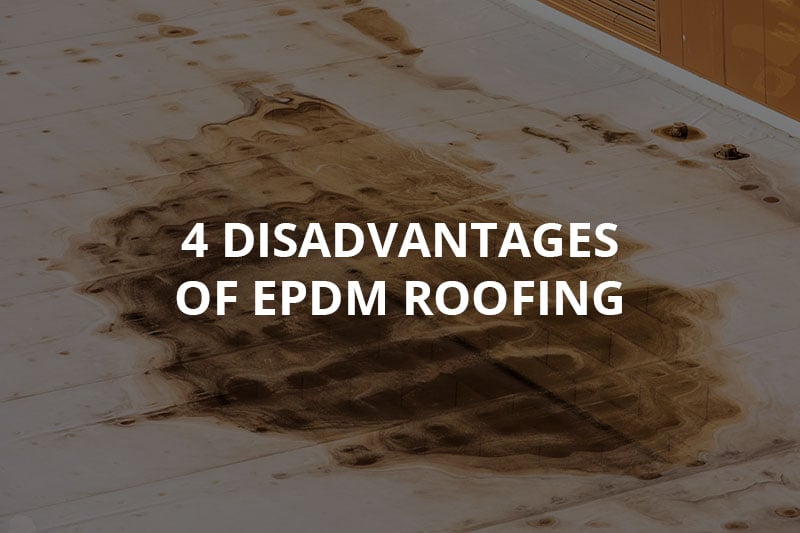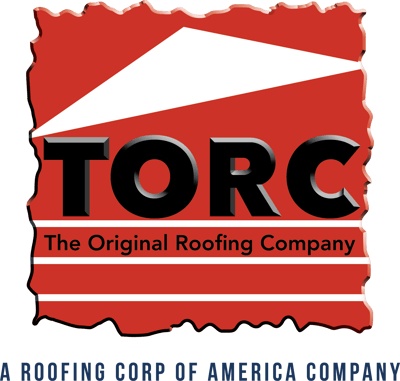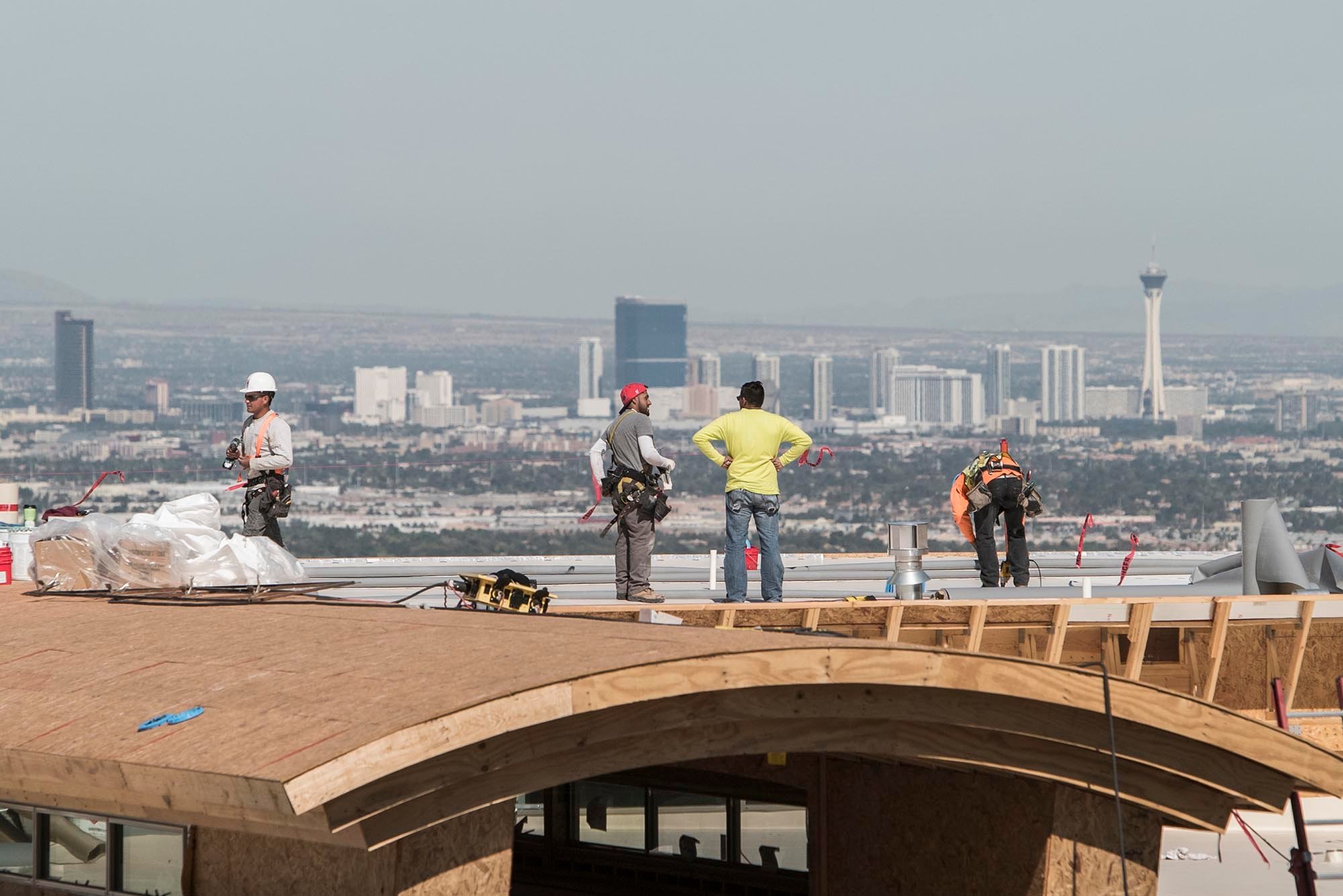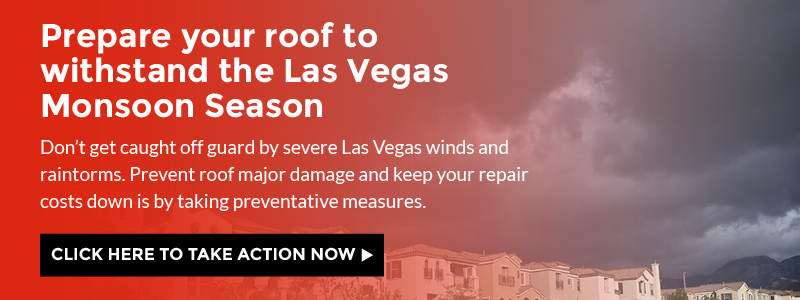
If you’re looking to save on roofing expenses, you might be thinking about installing an EPDM roof. These is one of the most common and least-expensive roofing materials, and if your building was constructed over the last few years, it may already have it. Choosing an EPDM roof now could save you lots of money upfront, but there are some trade-offs you’ll make as a result. Once you’re aware of these, you can decide if EPDM is right for your roofing needs if you should use another material.
Replacing your commercial roof in Las Vegas?
Call Us 702.757.4672
What Is EPDM Roofing?
Also known as rubber roofing, EPDM roofing is a type of roofing popular among builders and building owners because it is inexpensive, easy to install, and simple to maintain. EPDM (ethylene propylene diene terpolymer) is composed primarily of recycled tires along with slate and sawdust for added strength and durability. To install it, a contractor can simply roll out sections cut to the size of your roof and keeps them in place with adhesives, fasteners, or weights. These characteristics mean EPDM roofing is very inexpensive, with full installation costs ranging from $4 to $8 per square foot.
EPDM roofing is can last up to 50 years under optimal conditions, but you will need to make regular repairs to keep it in working order. You will want to make sure all seams are sealed and any cracks that appear are quickly fixed, though this may not be a major problem as most rubber roofs are UV resistant. While EPDM roofing is typically black, you can simply cover it with a coat of white acrylic paint, which can help to keep it cool while further extending its longevity. You can easily fix damages with patches, tape, or a liquid membrane, but it may be wise to replace your roof entirely if you have to undertake substantial repairs.
EPDM roofs are also highly fire-resistant, making them good choices if you’re looking to prioritize safety. They may also include warranties of up to 30 years, though you will want to make sure you are careful not to undertake any work which may void it. Rubber roofs are also surprisingly lightweight compared to other roofing materials and come in a variety of styles, including shingles if you’re looking to maintain a traditional look. They can also fit a wide variety of roofing styles, which can be important if you have an unusually shaped roof.
Alternatives to EPDM Roofs
While EPDM roofs are popular, they aren’t the only option if you want to install or already have a flat roof. These other materials are alternatives to EPDM, and depending on your needs, it’s important to understand the benefits and disadvantages of each.
Other Single Ply: Polyvinyl chloride (PVC) roofs are excellent at reflecting heat. They’re also ideal for restaurants, as animal fats and chemicals are easily cleaned from them. Thermoplastic polyolefin (TPO) is another highly popular roofing membrane material and is similarly lightweight and reflective. However, these types can be more easily damaged than an EPDM roof coating.
Asphalt: A cheap and durable roofing material, asphalt is easy to install and repair. It can be shaped to the form of any rooftop vents or features your building has. However, asphalt is heavy and absorbs heat. Over time it will dry out and crack, and cause leaks around your vents unless regularly maintained.
Metal: Metal roofs come in a variety of styles and may better match the aesthetic of your business. They also require few repairs and excel at protecting a building from the elements, including heat, which they reflect in abundance. However, metal roofs are costly to purchase and install and may not be appropriate for your business.
Steep Slope: Perhaps you don’t want a flat roof after all. Steep slope roofing options include shingles made from tile, clay, concrete, slate, and wood. These can be more expensive to install and maintain than an EPDM roof, but could be more aesthetically pleasing and better suited to your needs.
What Are the Problems and Disadvantages of EPDM Roofing?
While EPDM roofing has numerous advantages, there are also some important drawbacks you’ll want to consider before choosing it for your building.
Easy to Damage
While EPDM roofing can provide adequate protection in many circumstances, it is more vulnerable to damage than other materials. Rubber roofing usually consists one one relatively thin layer of material that is often exposed to the elements. It can be easily damaged by debris from a storm or even by someone walking on the roof in the wrong footwear. You’ll have to make repairs quickly to prevent water damage, and these expenses can eventually add up over time to reduce your overall savings.
Unreliable Contractors
Given its ease of use, some contractors who aren’t experienced with EPDM roofing offer it to install it with disastrous consequences. By the time you notice a problem, they could be long gone, and you could be left with a substantial repair bill. Your building could also experience permanent damage from a poorly installed rubber roof if there are any leaks. You may have to replace your roof entirely in the case of an extremely poor job, negating any savings you may have realized in the first place.
Shrinkage
Over time, exposure to the elements can shrink a rubber roof, which can lead to leakages as seams come apart and cracks open up. You can help to avoid this by coating your roof with acrylic paint, but this may still eventually become a problem, especially in drier climates. A roof can begin to crack from roof shrinkage in as little as seven years if it is poorly installed, so you’ll want to maintain regular inspections to seal any leaks before they cause damage. However, these can be hard to detect until a leak becomes evident within your building, which may indicate damage has already been done.
Protrusions
Roof protrusions such as pipes, vents, HVAC units, and more create natural vulnerabilities in the integrity of your roof. It’s very easy for your contractor to make a mistake around these areas which can leave your roof vulnerable to leakages. It’s very easy for these to cause long-term damage since they are hard to detect unless you’re a professional. They may also compromise the integrity of the rest of your rubber roof, causing you to replace it earlier than anticipated.
Maintenances Tips for an EPDM Roof
If you decide to install an EPDM roof, regular maintenance for it is key. Check out these tips to keep yours in top shape!
- Conduct regular inspections ever 3-4 months (ideally 4 times a year)
- Remove dirt and debris
- Carefully walk around the roof to see any cracks, tears, blistering, or other deformation
- Check vents, seams, chimneys, skylights, and any other potential weak points in the EPDM for signs of damage
- Mark any damage or trouble spots with chalk
- Contact a roofing professional to fix any problems you discover
Considering an EPDM Roof for Your Business?
A new roof is one of the most expensive improvements you make to your building and is what ultimately offers it the most protection from the elements. That makes it vital to know about the benefits and drawbacks of EPDM roofs before deciding whether or not to buy one. You’ll also want to consider your long-term plans for your building and whether or not an EPDM roof is suited for them, as shingle or metal roofs typically add more value to a building. In the end, working with an expert can provide you with the knowledge you need to make the right decision for your business.





